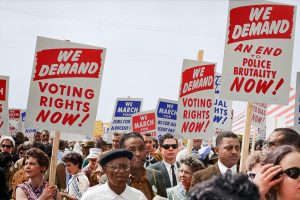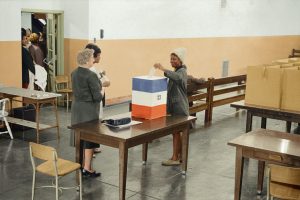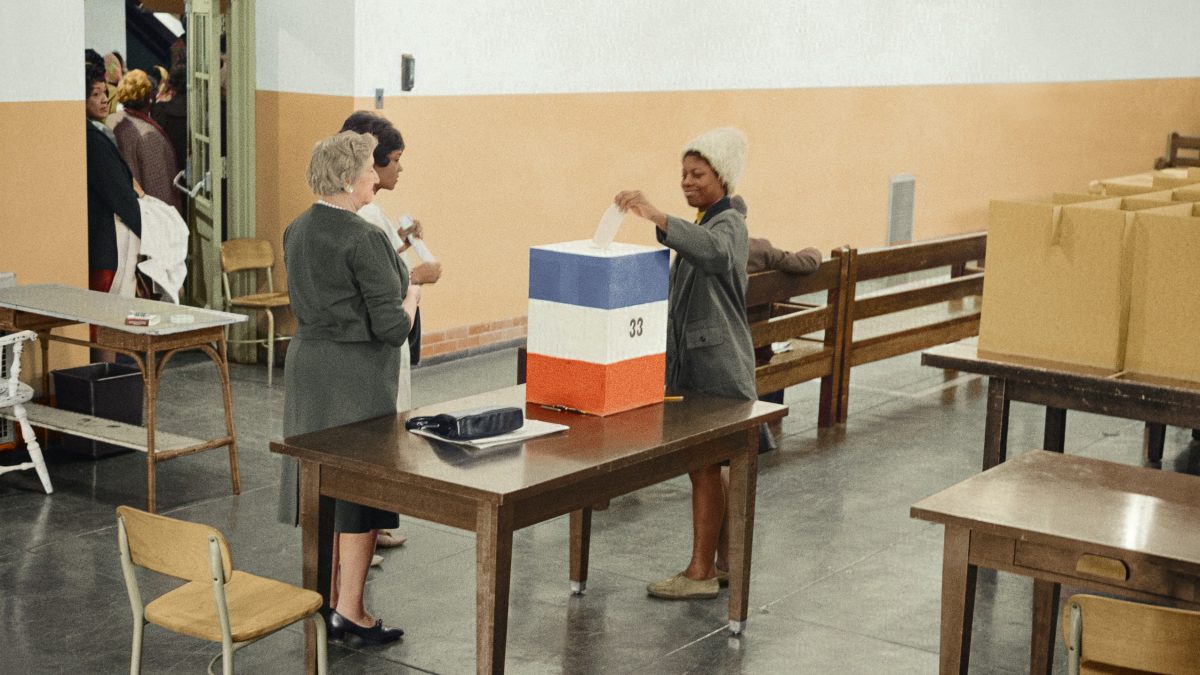The Freedom Summer Proves Knowledge is Our Greatest Weapon
By: Paige Fleming
The pen is mightier than the sword.
An old adage, this saying has been heard time and time again to mean that knowledge is our greatest weapon. No more does this ring true than during the summer of 1964, in Mississippi.
From June through August, organizers from the Student Nonviolent Coordinating Committee (SNCC) and the Congress of Racial Equality (CORE) recruited volunteers to help register African Americans to vote and integrate the political system in Mississippi. Over 1,500 volunteers, most of them white college students assisted in setting up schools and libraries to teach black Americans about history and politics. This civil rights effort soon became known as the Freedom Summer.

Civil rights activist and field secretary of the SNCC Bob Moses began organizing this project using what he called “tactical nonviolence.” Moses prepared his volunteers and the community to educate themselves and establish a new political party. The push to begin registering African Americans in Mississippi began when the state disenfranchised black voters in their 1890 constitution. Barriers such as literacy tests, poll taxes, and residency requirements, were all out in place to make it almost impossible for black people to vote. Because of this, many African Americans did not try to vote, and in 1965, only 1 African American among 5,500 others in Amite County was registered to vote in Mississippi.
There were some key factors that made the Freedom Summer successful:
- The Council of Federated Organizations (COFO) established the Mississippi Freedom Democratic Party. This new political party was created in order to combat the segregationists in Mississippi and purposefully rivaled the Democratic Party. While the restrictions against black voters continued in Mississippi, COFO focused its attention on building the Mississippi Freedom Democratic Party.
- Voluntary summer schools, dubbed Freedom Schools, were an education program started by the SNCC to help black students receive a proper education. Schools at this time were still heavily segregated in Mississippi, and the establishment of the Freedom Schools included objects not taught in regular schools, such as constitutional rights, black history, and voter literacy.
- Over 50 Freedom Libraries were established in Mississippi, as well, as most public libraries were also segregated. The largest of libraries held over 20,000 books, and the literary services are given to the black community were all at the hands of volunteers.
- Volunteers during the Freedom Summer were often housed with local black families, but since there was such an influx of volunteers, Freedom Houses were built to accommodate the overflow. Freedom Houses became so essential to the cultural rebuilding between black and white families, as people of all colors were welcome and accepted to talk, listen, and learn in these safe spaces.
Due to the various loopholes and barriers still in place for Black voters, the Freedom Summer was not able to accomplish its goal of registering more African Americans. However, the Freedom Summer was successful in creating media attention, educating those who were oppressed, and fighting the racial biases in politics.

The most important lesson that Freedom Summer taught us about advocacy, is that knowledge can be your most powerful weapon. The volunteer efforts of Freedom Summer made it possible for equal resources to become accessible to black residents. By the time the Voting Act of 1965 had been passed, Mississippi had the largest number of black elected officials than any other state.
The unity and overall desire of the people to learn and fight back against prejudiced power are what ultimately made Freedom Summer so popular.
About The Author: Paige Fleming was an intern at the Institute in 2020 and a recent Kean University graduate with a degree in communications.
Categories
More Stories
- Inspiring Change: A Step-By-Step Guide to A Campus Activism Event
- Advocacy Through Social Media: Extending Beyond Your Platform
- Unwrapping the Future: The Growth of Plastic Film Recycling
- My Visit To The State House in Trenton
- Lost Childhoods: Exposing the Triad of Illegal Immigration, Child exploitation, and Abuse
- The Realities of The Homeless Crisis
- WHO RUNS THE WORLD: Women Who Advocate for Diversity, Equity, and Inclusion

